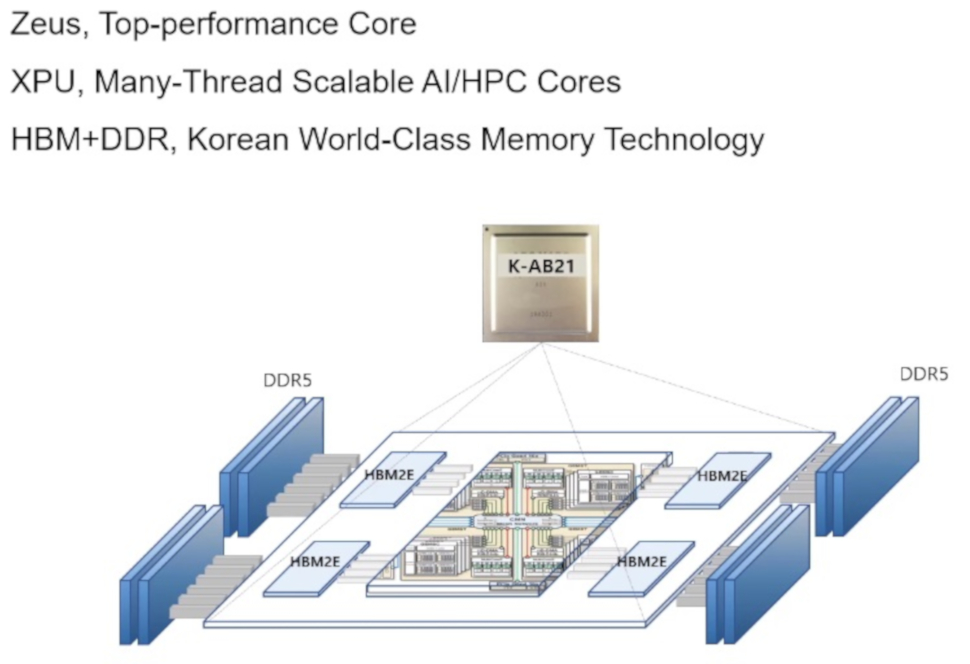Little-known Korean CPU threatens to make Nvidia, Intel and AMD obsolete in HPC market
South Korea’s Electronics and Telecommunications Institute (ETRI) has team up with Arm to design a CPU that’s tailored for supercomputing applications.
The news is particularly significant in light of the fact that all of South Korea’s High Performance Computing (HPC) is powered by Intel processors, according to reports.
The design helps the country inch closer to having an indigenously designed CPU that’ll be capable of handling the country’s supercomputing needs.
- Check out our list of the best small business servers of 2020
- Here's our list of the best dedicated server hosting services around
- We've built a list of the best Windows server hosting services available
Cheap supercomputing
The largest supercomputer in production in South Korea today is the Nurion machine. It is the 17th most powerful system on the planet and is powered by the Intel Xeon Phi supercomputing processor. The machine was assembled by Cray, prior to their acquisition by HP.
It is this stranglehold of US companies that fueled the ETRI research.

Reports say the researchers were tasked to design a CPU that was more than twice as fast as the accelerators used in the current generation of supercomputers while consuming less than half the power.
The reports quote Youngsu Kwon from the AI Processor Research Department at ETRI as saying that the researchers tackled their brief by focussing on single chip performance for low power chips and systems: “From there you can integrate more chips, increasing the performance and reducing power consumed. Also, the integration of CPUs and accelerators into a single chip will allow more bandwidth, which can remove the data bandwidth bottleneck.”
They achieved this by combining the Arm Zeus high-performance chips with ETRI’s scalable AI/HPC cores together with multiple DDR5 high-bandwidth memory (HBM) interfaces. The result of their efforts is the K-AB21, which packs 16 teraflops per CPU for a combined output of 1600 teraflops per rack.
The group is still fine-tuning certain elements of the chip, but expects it to be available by the end of 2021.
- Here's our list of the best bare metal hosting on the market
Via: The Next Platform


No comments